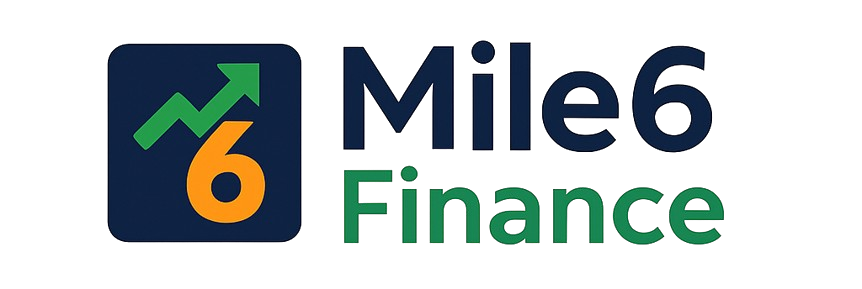Want to sell clothes online? We’ve got you covered. From decluttering to building a brand, we’ll guide you through the process, platforms, and marketing strategies to start earning.
1. Research the online market
First, you need to research the market to determine your target audience and identify current trends.
This helps you identify what your potential customers want, which means you can make informed decisions about the type of clothes you sell and how to actually sell them.
Use social media insights to gather information about your target audience’s age, gender, lifestyle, income level, interests, and fashion preferences. You can do this by monitoring fashion-related hashtags, following conversations, and analyzing similar brands.
Researching competitors and major marketplaces like Amazon, Konga or Jumia is also a great way to understand your target audience. Check out their product listings and read customer reviews to learn what people like or dislike about certain products and if they are even worth selling.
Identify fashion trends
Stay on top of the latest fashion trends by following fashion influencers on Instagram or TikTok, subscribing to fashion blogs and magazines, and observing what you see regularly at stores or events.
The more you know about your target audience and trends within your niche, the easier it will be to curate a great selection of items.
2. Select clothing items for sale
Once you’ve decided on a target audience, you need to find clothes that appeal to them.
There are many ways to find clothes to sell online, but you need to balance your goals with the time and financial investment involved.
Secondhand Clothing
The easiest way to find clothes to sell is if you have used clothes that fit perfectly within your niche and you’re ready to let them go. However, you need to be diligent with quality control and provide detailed condition descriptions to overcome any buying hesitations. Selling secondhand clothing is also sustainable, meaning you can tailor your message toward eco-conscious customers.
Handmade Clothing
Creating your own items to sell is a great option if your target audience is into unique clothes. This can range from plain shirts that you’ve dazzled up with your own personal touch to something you’ve stitched together yourself.
This option can be time-intensive, and you are limited in scaling, but you also have the potential for higher margins when you highlight the craftsmanship and uniqueness of each item.
Wholesalers
If you’re looking to sell new clothes, you’ll need to find wholesalers at places like Alibaba and Wonnda or by attending trade shows. The downside is that you need to invest money and time into sourcing the products, not to mention the space to store them.
Start with sample orders to test quality and demand. Once you’ve established strong demand and reliable suppliers, you can start scaling your business.
Dropshippers
Dropshipping is a great alternative. This is where the supplier stores the products and sends them directly to your customers for you. Often, you’re limited to what the supplier has in stock, and you can’t easily customize the offers, but it’s a great low-cost way of testing the market.
You can find dropshippers from sites like AliExpress and Worldwide Brands. Just make sure you thoroughly vet the suppliers for reliability and quality.
Print-on-demand
Print-on-demand services like Printful and Printify are great options for customizing the products you want to sell.
You can create your own designs and apply them to ready-to-go products like hoodies, t-shirts, and even hats. Similar to dropshipping, the supplier will deliver your products to your customers directly.
3. Choose an online selling platform
Two of the most common options are selling clothes through popular online marketplaces or on your own website.
Online marketplaces make it easy for you to reach potential customers and start selling quickly as they already have an established user base. However, the downside is that most platforms charge listing fees, which can eat into your profits, and there is often a lot of competition, which makes it a challenge to stand out.
On the other hand, building your own online store gives you full creative freedom to build a website that matches your vision, you don’t have to pay listing fees, and you don’t face competition on your own pages. Many sellers start out on online marketplaces to gain experience and build a customer base before transitioning to their own online store.
Using an online store
Online marketplaces are an easy way to get started, but creating an online store might be a better option if you want to have more control over your own brand and products.
While there is a lot more involved in setting up your own store, there are some great benefits:
- You have complete control and freedom. Create an eCommerce website that perfectly matches your vision and branding.
- You don’t have to pay platform fees. Keep more of your overall sales revenue.
- You aren’t restricted by marketplace restrictions. Offer new products without seeking approval from marketplaces.
- You own marketing data. Create personalized marketing campaigns that use customer data such as email, purchase history, and browsing behavior.
- You won’t face any competition on your own pages. Customers only see your products instead of being distracted by similar items on offer from competitors.
Creating a website can sound intimidating, especially if you’ve never done it before. But using Hostinger Website Builder, you can set up your clothing business in minutes with the help of AI, a simple drag-and-drop editor, and a host of powerful eCommerce tools.










